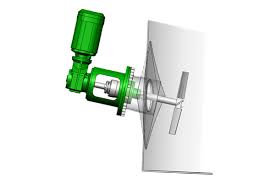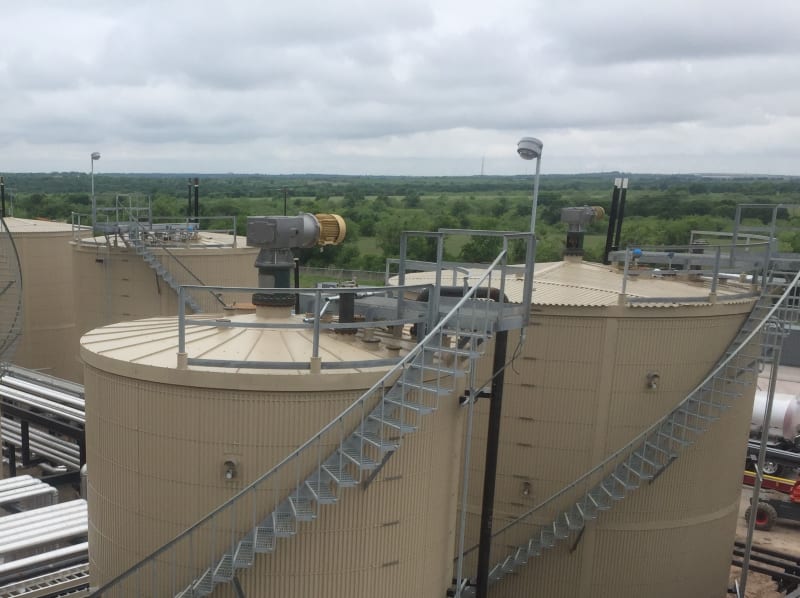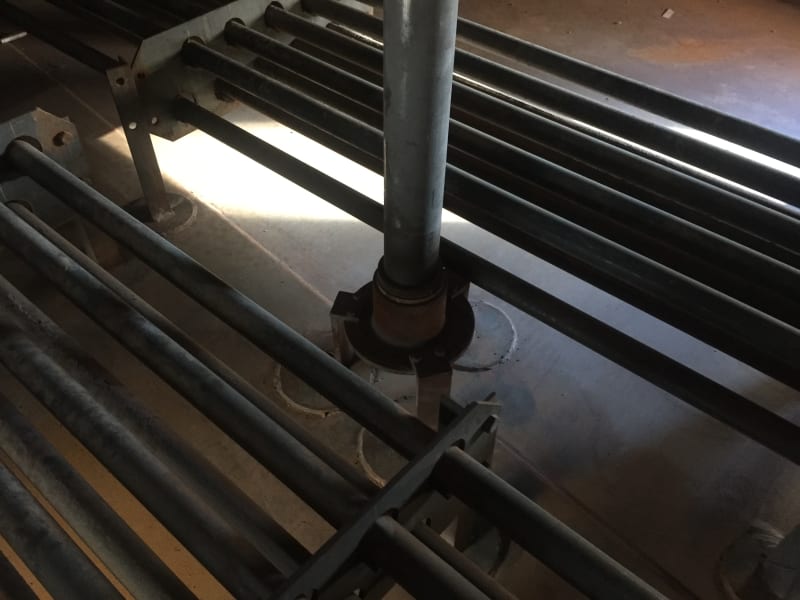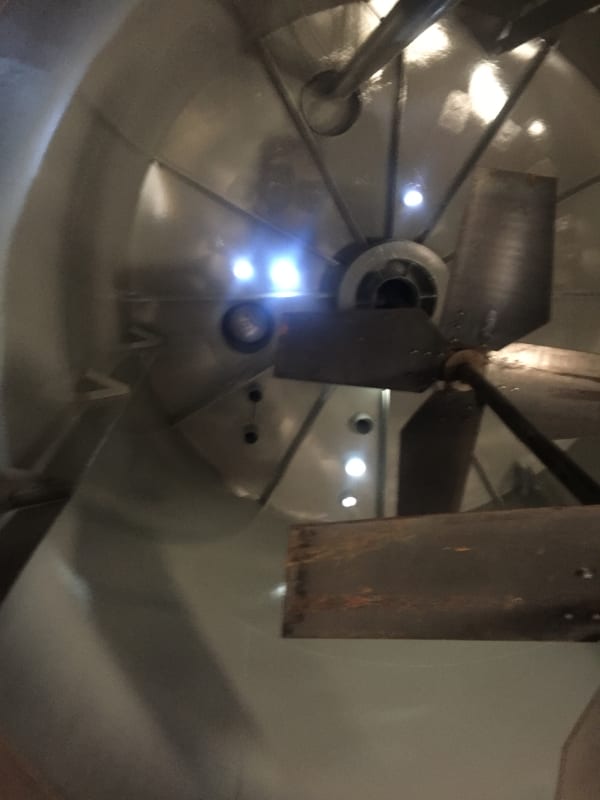ReliaEng2008
Mechanical
- Mar 5, 2021
- 22
At my site there is a new API 650 atmospheric storage tank (29' ID, 40' max liquid height). Steady bearing legs for an agitator need to be installed inside this tank (I don't know much about rotating equipment, so I don't know how these bearing legs work). The personnel working on the installation of the agitator noticed that the tank floor is not flat, and it’s very flexible. There is a considerable amount of bowing/deflection of the tank floor plates, noticed by just standing on them (like if you would be standing on the hood of a car and it would be popping in and out). The tank floor is made of stainless steel and it is 3/16” thick.
The bowing/deflection is affecting the installation of the agitator; it will make it hard to align the bearing to the shaft. The bowing/deflection could also change when the tank is full, potentially forcing the shaft to deflect or exceed its deflection limit, and causing bearing failure and/or even shaft damage.
A solution suggested by the agitator's vendor was to drill holes on the tank floor, and fasten the tank floor to the concrete foundation using bolts, and then weld around everything so there are no leaks through the tank floor. It is hard to explain this solution using only written communication. The vendor showed us a picture of this work-around done in another tank from another site, but I cannot post it here.
I would prefer not to drill through a brand new tank floor. Does anyone have any suggestions or experience with something similar? I thought that maybe if we add water to this tank up to the max height for a few days, and drain it, the weight of the water would stabilize the tank floor. But I think that might not happen also. This tank has been filled with water in the past during hydrotest; and I doubt that filling the tank with water to the max height will result in enough force to plastically deform the tank floor and make it conform to its foundation.
If we do end up fastening the tank floor to the concrete foundation using bolts, a new hydrotest would be required, right?
The bowing/deflection is affecting the installation of the agitator; it will make it hard to align the bearing to the shaft. The bowing/deflection could also change when the tank is full, potentially forcing the shaft to deflect or exceed its deflection limit, and causing bearing failure and/or even shaft damage.
A solution suggested by the agitator's vendor was to drill holes on the tank floor, and fasten the tank floor to the concrete foundation using bolts, and then weld around everything so there are no leaks through the tank floor. It is hard to explain this solution using only written communication. The vendor showed us a picture of this work-around done in another tank from another site, but I cannot post it here.
I would prefer not to drill through a brand new tank floor. Does anyone have any suggestions or experience with something similar? I thought that maybe if we add water to this tank up to the max height for a few days, and drain it, the weight of the water would stabilize the tank floor. But I think that might not happen also. This tank has been filled with water in the past during hydrotest; and I doubt that filling the tank with water to the max height will result in enough force to plastically deform the tank floor and make it conform to its foundation.
If we do end up fastening the tank floor to the concrete foundation using bolts, a new hydrotest would be required, right?




